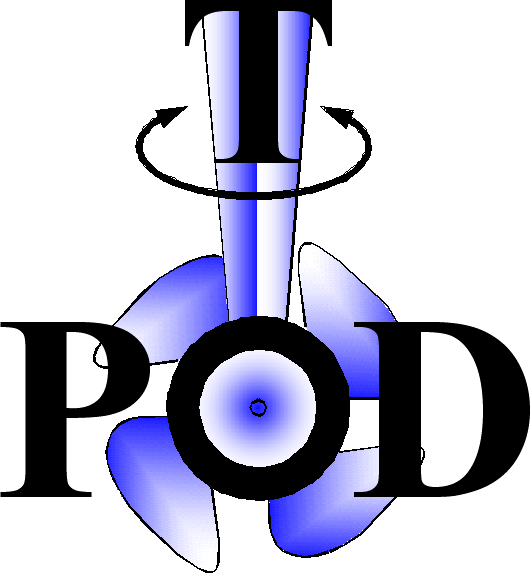


|
|
|
Podded propulsion offers considerable ship design flexibility, increased payload, improved efficiency and improved harbor maneuvering vs. shaft driven propulsion for many ship types. But while the advantages are considerable, and include eliminating long shaft lines, sensitive bearing alignments, and associated hull vibrations, reliability has been a detraction to-date, as evident by numerous cruises, which have been shortened or cancelled due to pod failures. And the maximum ship speed for applying podded propulsion has been limited, primarily due to cavitation but also due to pod size. A propulsor concept is being developed, Rim-Drive Propulsion, which is adaptable into a podded configuration and allows greater optimization of each element of the system for both performance and reliability improvements vs. today’s pods, including the potential to support higher ship speeds. The concept is comprised of a ducted, multiple blade row propulsor with a permanent magnet, radial flux motor rotor mounted on the tips of the propulsor blades and the motor stator mounted within the duct of the propulsor. This paper will focus on the features and test data that support the reliability and maintainability improvements of Rim-Drive Propulsion, including the potential for higher speed operation (at least up to 40kts). |
|
Send mail to
tpod@ncl.ac.uk with
questions or comments about this web site.
|